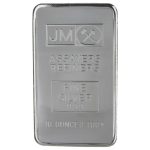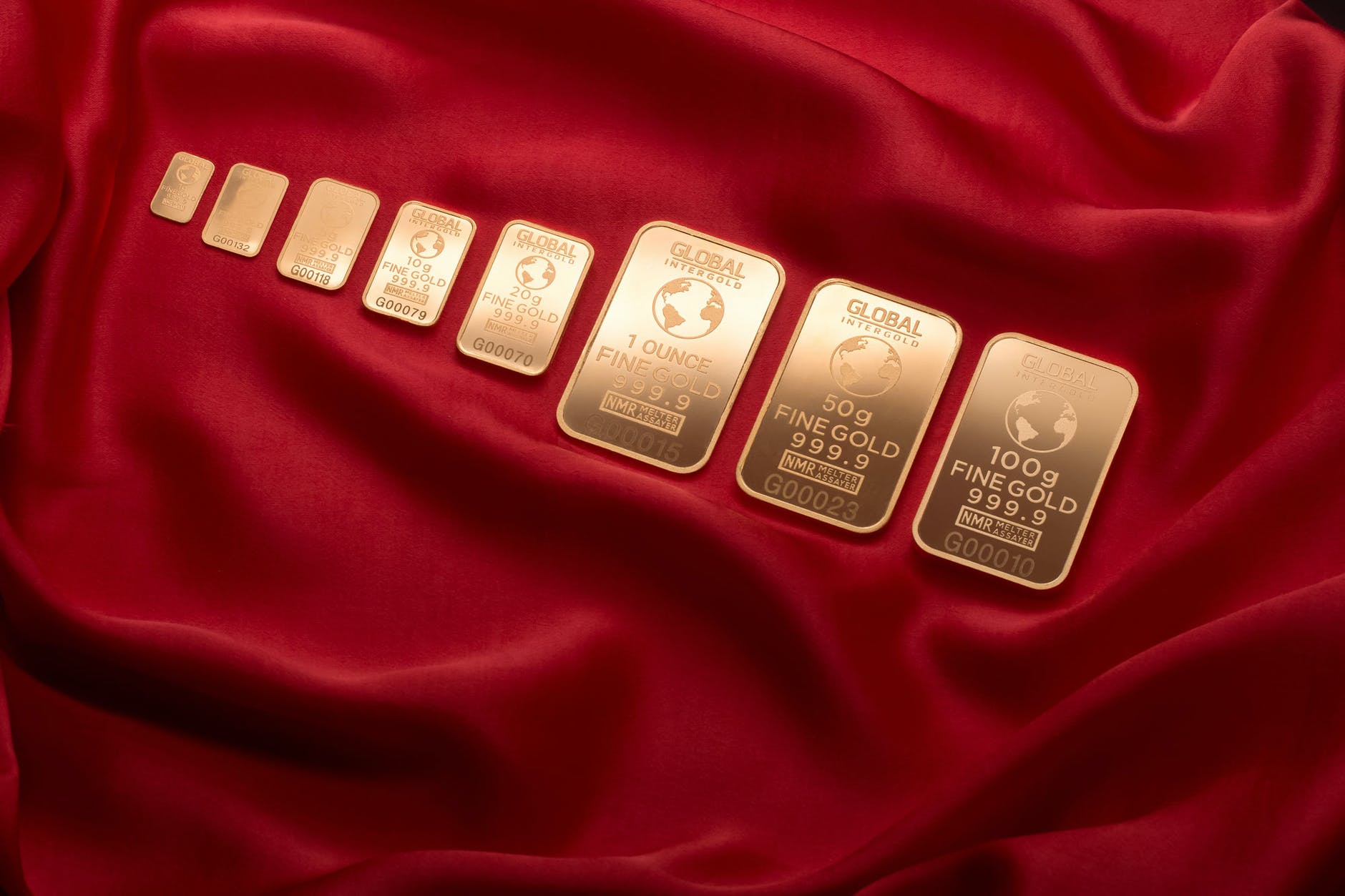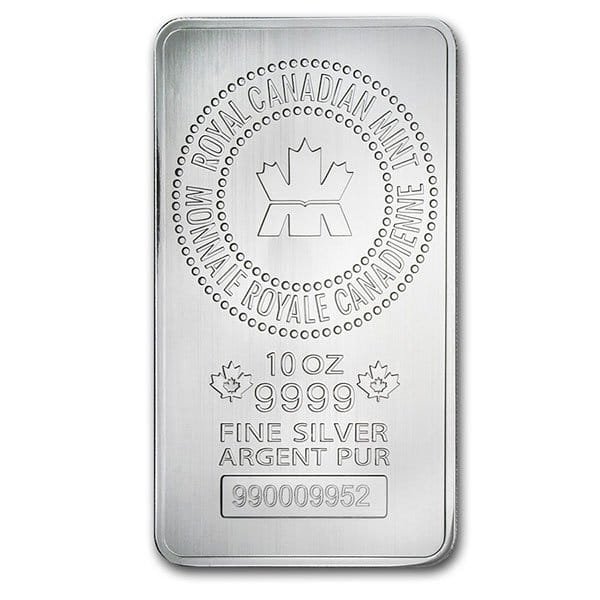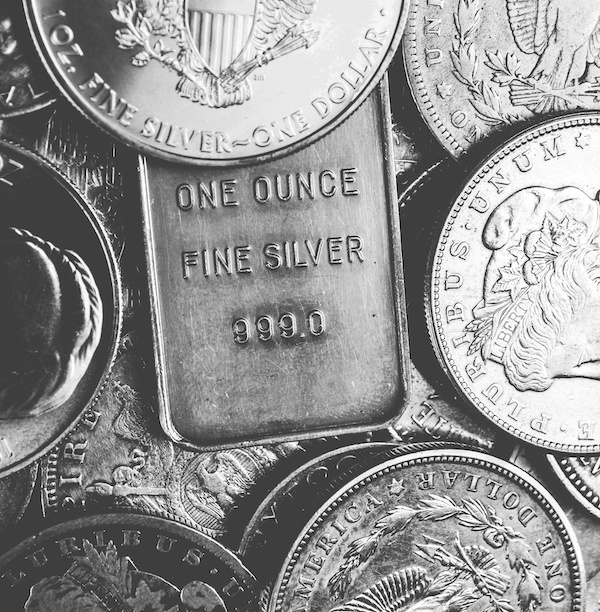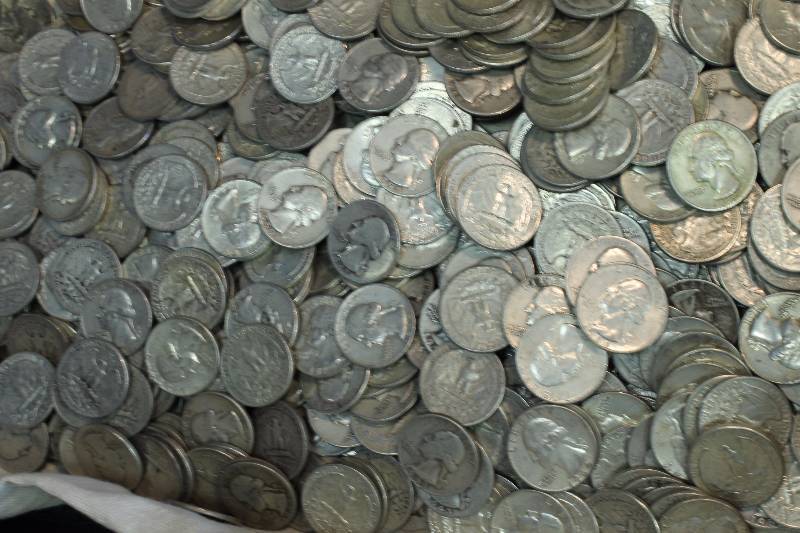Many new investors are curious about the difference between a poured silver bar and a cast silver bar.
A frequently asked question is: What is the difference between poured and cast silver bars?
Both poured and cast silver bars start with melted or liquified silver poured into a mold. The difference mainly depends on the mold itself.
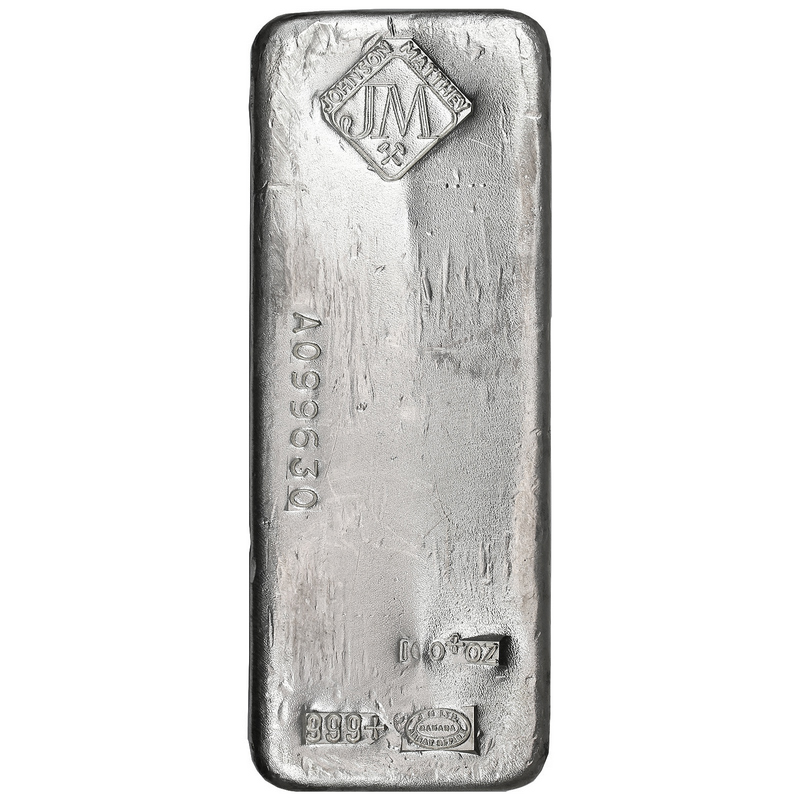
The heated silver is poured into an open mold, typically made of graphite or other heat-resistant materials for poured silver bars. The metal is left in the mold to cool. In doing so, the silver exposed to the mold’s open face will show cooling lines or striations.
Cast silver bars are also poured into forms or casting molds. However, these forms or molds do not have an open face like those used for open-poured bars. They do not typically show pour lines because the mold is usually a closed mold.
Casting is often used when making silver and gold jewelry and silver art pieces, thus having a more consistent appearance.
Poured and cast bars can look similar as they are both poured silver. Bars that are manufactured using stamping or extruded methods will look distinctly different.
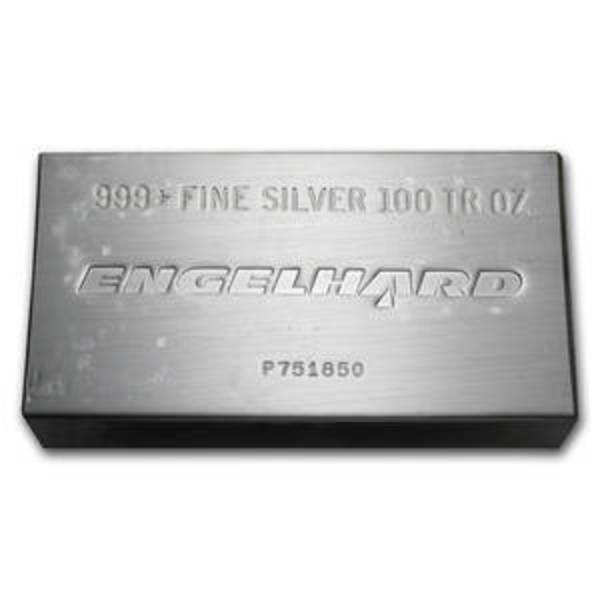
Many investors and silver stackers prefer to buy poured or cast silver bars. These styles of silver bars are often unique and show the craftsmanship that goes into creating each silver bar. Some collect vintage silver bars, such as those made by Engelhard Johnson Matthey; others prefer poured bars.
Some private mints currently produce poured and cast bars. Argor-Heraeus has a new line of 10 oz cast silver bars that are also available in cast kilograms.

Germania Mint also now offers a line of cast silver bars in various weights. Both are popular with investors and collectors and are notable for their classic look.
Recently, even PAMP Suisse has released a line of cast silver bars. The bars are initially available in 500-gram, 1-kilo, and 100-oz sizes.
